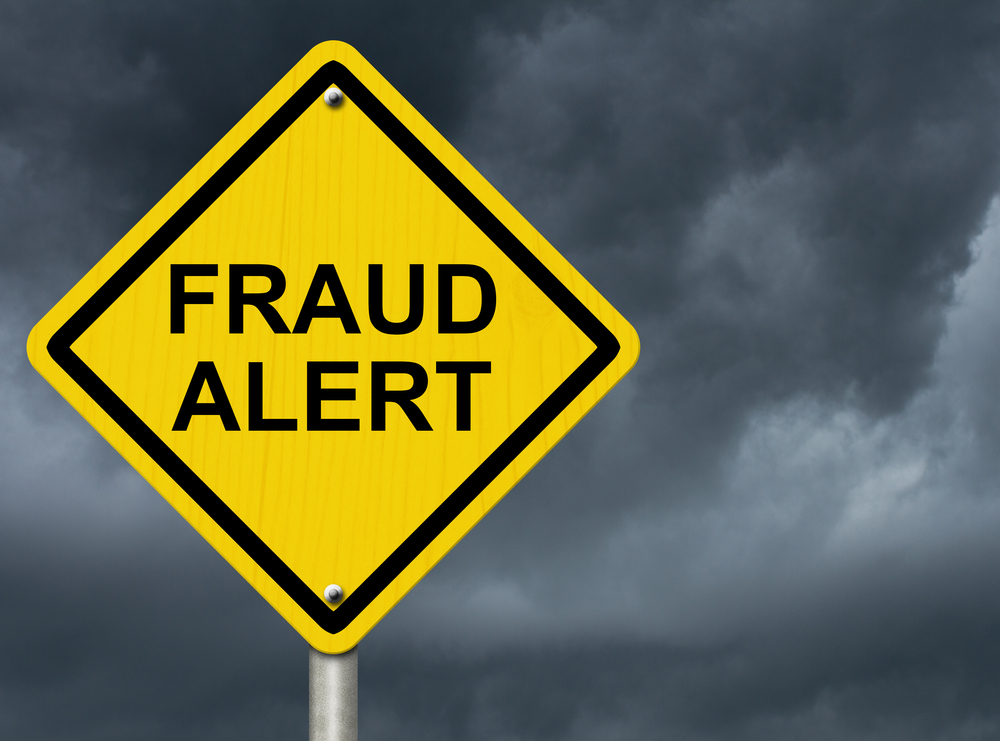 Mortgage fraud has shot up by a whopping 20% in the past year to reach its highest level since 2012, new figures show.
Mortgage fraud has shot up by a whopping 20% in the past year to reach its highest level since 2012, new figures show.
The latest Fraud Index from Experian has revealed an increase in ID theft within mortgage applications. In the first quarter of 2016, the proportion of mortgage fraud committed by ID thieves increased to 6%, the highest level since 2012.
Historically, third party fraud has accounted for around 4% of all mortgage application fraud.
Nick Mothershaw, fraud expert from Experian, said: “The increase from 4% to 6% is worrying. This is because third party mortgage fraud is very complex and not as easy to commit on a large scale as fraud related to other financial products, such as current accounts, can be.
“Because of the values involved, the impact on people’s lives can be devastating. In many cases, fraudsters have either hacked databases or intercepted emails between individuals and their solicitors. Large payments have been diverted and fraudsters have disappeared with the money. We’d urge anyone who has fallen victim to these kinds of scams to contact Action Fraud.
“We are also seeing an increase in impersonations of the deceased within mortgage fraud. Fraudsters use the ID of people who have recently passed away but who previously lived at a property.”
Despite the increase in ID theft, the index revealed that overall mortgage fraud attempts dropped significantly in the first three month this year. Mortgage fraud fell 83 in every 10,000 applications in the first quarter of 2015 to 66 in every 10,000 applications in the first three months of 2016.
Current accounts continued to top the charts for fraudulent applications at a rate of 126 in every 10,000 applications, compared to 81 in 10,000 in the first quarter of 2015.
Credit card fraud took place at a rate of 46 in every 10,000 applications. This type of fraud has seen a steady increase in the past two years from the first quarter 2014 figure of 33 in every 10.
The balance of fraud remains tipped towards identity theft with 56% of all fraudulent activity in attributed to third party fraud, with 44% classed as first party fraud.
Mothershaw said: “Our latest fraud rate represents the amount of fraud that has been detected and prevented. Fraudsters are not going to stop looking for new and evolving ways to scam people. Fraud itself is viewed by many organisations as one of the biggest threats they are facing. Regardless of size, they are being targeted and the individuals that they service are bearing the brunt as much as the organisations themselves are. Everyone has a responsibility and a role to play when it comes to tackling fraud.”




